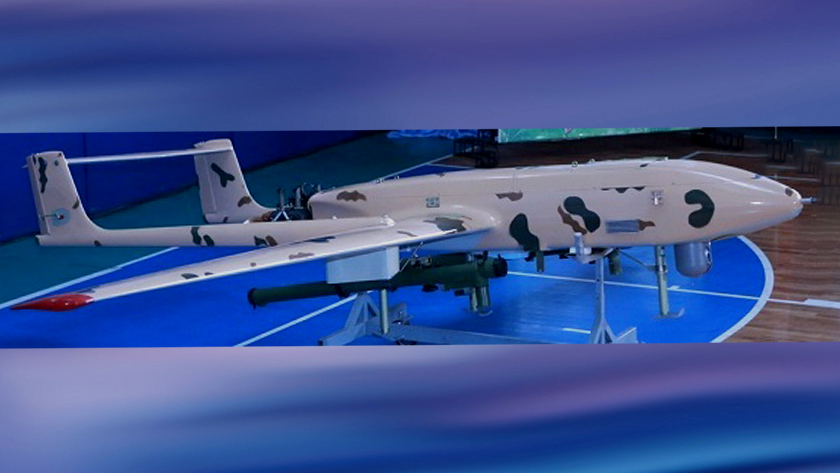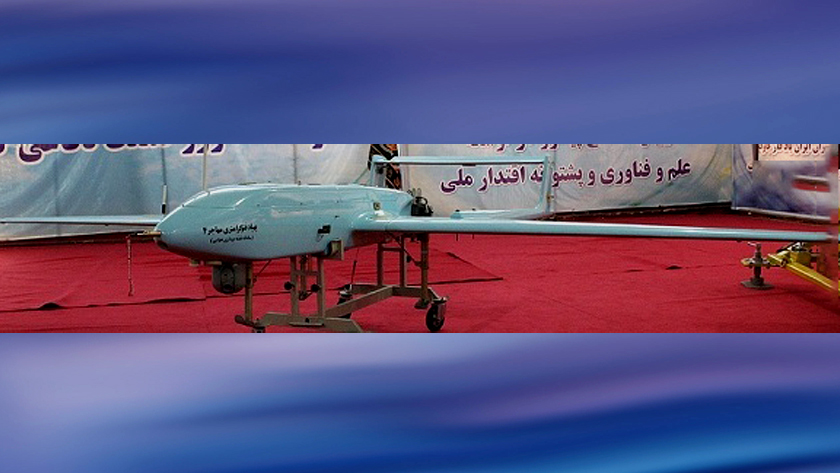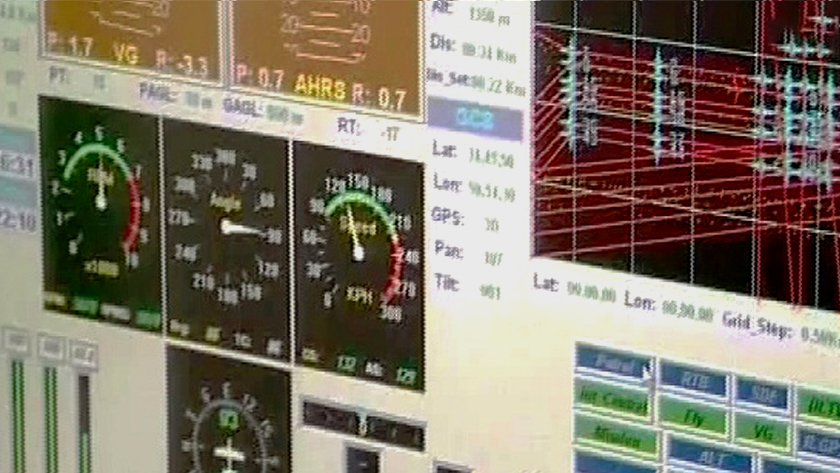Iran Press/ Iran news: The Mohajer UAV is one of the most widely used examples of Iranian-made drones that have been used since the Holy Defense to date.
These drones have been used in different models in different roles.
The Mohajer-4, “Immigrant” in Persian, is a tactical UAV manufactured by Quds Aviation Industries in service with Iran Revolution Guard Corps’ Navy (IRGCN) for tactical reconnaissance missions, including maritime surveillance over the Persian Gulf. The Mohajer-4’s maximum speed is 180-200 miles per hour with a flight altitude of 15,000 feet.
Iran’s UAV program was launched in the wake of the 1980-88 war with Iraq. Iran had also been investing in several categories of attack and multi-role UAVs. Over the years, Iranian officials reported the deployment of target drones and such UAVs as the Mohajer-3 and the Mohajer-4.

Early models of the Mohajer were reportedly used during the late 1990s on reconnaissance missions into Afghanistan during their civil war and were also tested during the 1990s as aerial weapons platforms using the RPG-7 series of a rocket-propelled grenades launcher.
The Mohajer-4 underwent a test flight on 16 February 2002. The Mohajer is launched off a rail assisted by a rocket booster and recovered by parachute or landing skids. The size of the IRGC’s inventory of Mohajer-4 is unknown, but according to promotional posters, 19 of the UAVs were built in 2005, and 15 were completed in 2006. A Mohajer variant has also been exported to Venezuela.
Related News:
UAVs operation in Zulfiqar-1400 joint drills successful

Overview
The Mohajer-4 drone was used in the early 2000s. From Mohajer-4, also called Mersad, models with different applications and equipment have been made, like Shahin and Sadegh. Mohajer-4 is one of the best Iranian drones with various applications due to its high ability to carry equipment.
The Iranian UAV has a maximum patrol speed of 180 km/h, has a flight duration of 5 to 7 hours, and can carry out its mission in the best weather conditions.
This drone can be launched from the launcher with compressed gas to start the mission.

The length of this drone is 3.64 meters, and the wingspan is 5.30 meters, which is about 70 centimeters taller and 1.5 meters longer than the Mohajer-2.
The body of this drone is made of composite materials that weigh less. The landing gear has no wheels and is something between a skid and a regular landing gear, which weighs less while having some advantages of a wheeled model. Mohajer-4 is designed and built for air surveillance operations and the identification of targets at a distance of 150 km.
Related News:
Iran showcases abilities of home-made drones in Air Force drill

Attributes
In this drone, while using the conventional design, the double tail (Twin Boom) is characterized by two longitudinal booms (extended nacelle-like bodies).
The wing and body design were changed again, which has led to an increase in its operational efficiency.
The body of the Mohajer-4 is more cube-shaped, unlike previous models that were circular.
The Mohajer-4 also uses wing-tip devices, which reduce induced drag, reduce fuel consumption and increase flight range. The shape of the Mohajer’s wings has also been significantly improved, while the wing area has also been increased.

Hence, the maximum weight of Mohajer-4 was 175 kg, while Mohajer-2 weighed 85 kg. Due to the flight range of this aircraft, which is entirely out of sight of the operator, it is possible to steer it from the ground control station in two ways, semi-automatic or fully automatic.
The drone can record video and aerial photography, send live video images (and the ability to record images at the ground control station), the ability to plan the return and execution of the mission as a computer and autopilot, and constantly send flight information.
Mohajer-4 can be used in air surveillance operations and reconnaissance in the form of aerial photography and video recording from the depths of enemy positions, electronic warfare, communication relay, surveillance, targeting and orientation of artillery units, traffic control, border strip control to combat smuggling, studies for meteorology, photography to prepare geographical maps or other required missions.

The Mohajer-4 has a fixed forward-facing camera (FLTV) for navigation and either a downward-facing camera (DLTV) for aerial surveying or a gimbal-mounted video camera for surveillance.
Like the Mohajer-2, it has an onboard digital processor and can downlink sensor imagery. The Mohajer-4 is also reportedly capable of being fitted for communications relay and has an ‘impressive’ electronic warfare capability.
214
Read More:
'Mohajer-6 UAV' : Powerful tactical reconnaissance and combat drone
Mojtaba Darabi

